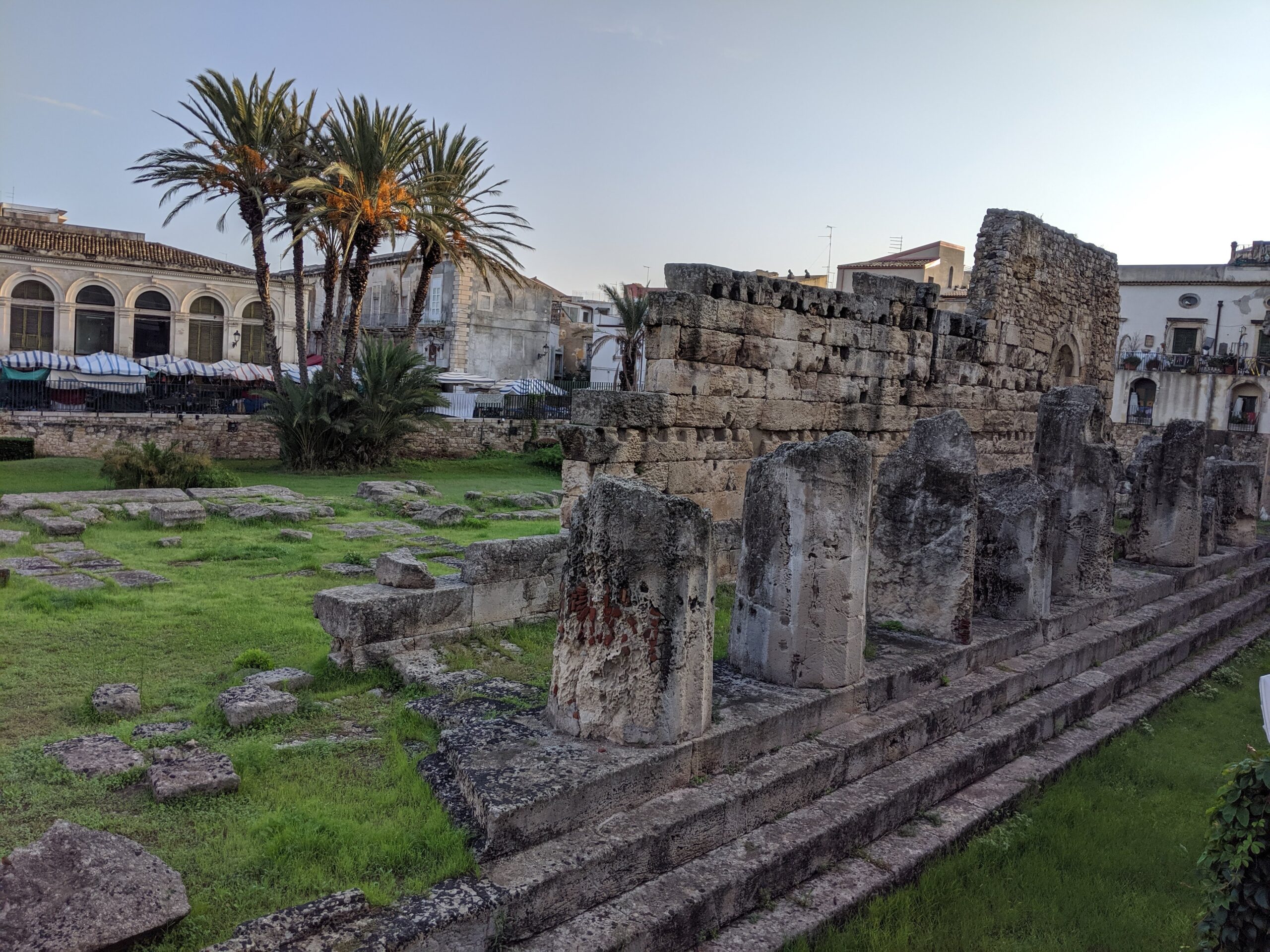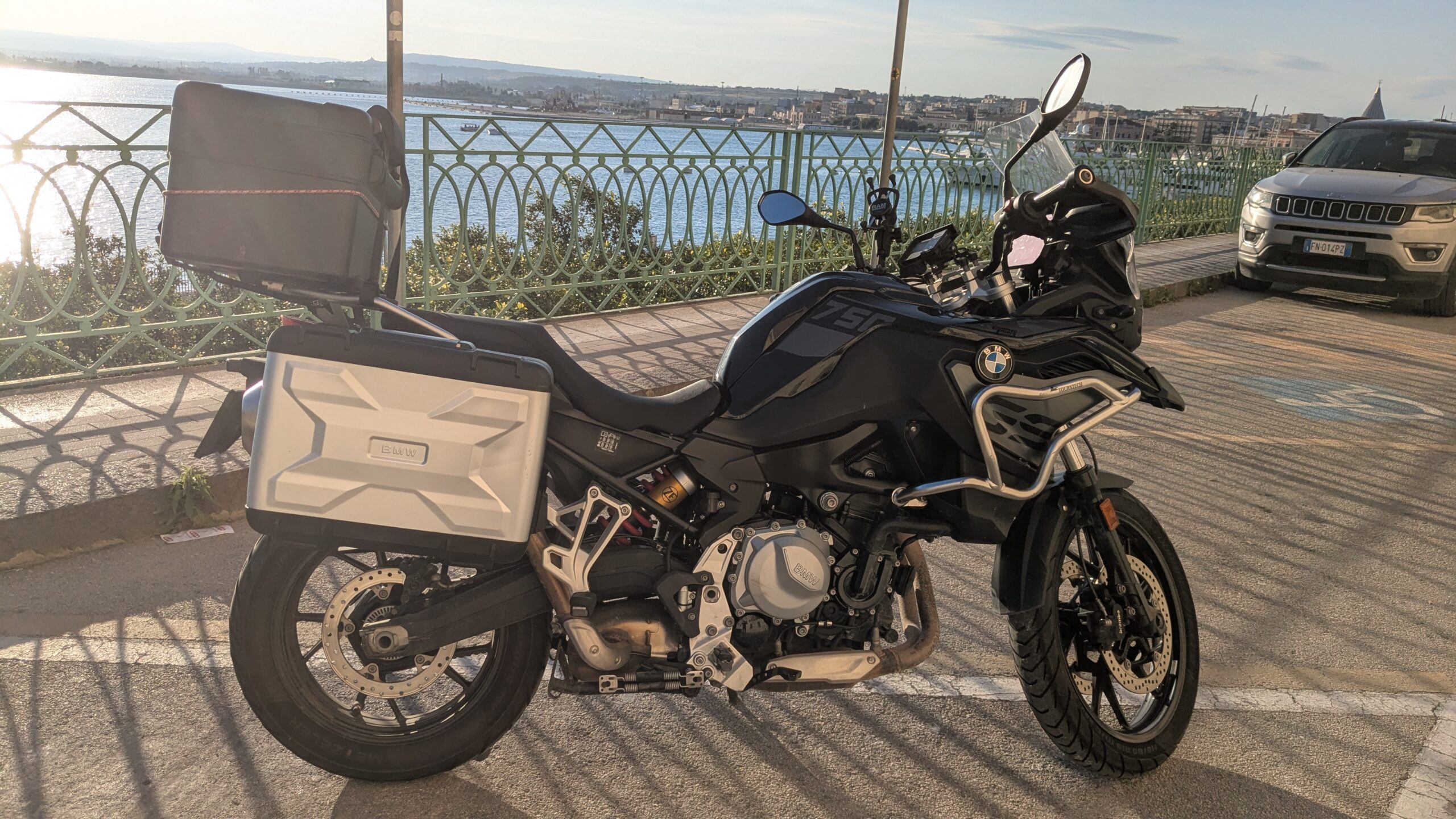05.02.20
Whether you have traveled, still want to travel or plan to travel in the future, we all recognize that things will be “different” from now on. There is conjecture and ideas bandied about concerning reducing seat count and configuration, requiring masks and prices going up- or prices going down. Who knows? We are not fantasizing about the “future” future, but instead looking at what will happen as 2020 moves forward and into 2021.
Here are a few of my thoughts:
- Consolidation will happen: 100%.
Big will merge or swallow smaller airlines, but even the biggies are not immune from failure- as we learned with banks in the last Recession: “Too big to fail” is fantasy. In the US we have a few mega airlines and many smaller ones. Some of the smaller ones may even do better than the biggies. They can cost cut and focus on a small market and be lean and mean. Southwest Airlines has proven that over the last half century. They started in 1967 with two friends concluding that a small airline connecting just three Texas cities could be profitable. They were right and Southwest is now the world’s largest “low-cost” carrier.
Outside the US there are hundreds of very small airlines and in Asia we flew several of them and found them to be better than expected, low cost or not. Going forward people may expect less and pay more, so we’ll see how that plays out.
Prices will be higher. Oh, prices will be lower: 100%.
Prices are all over the board, going up and down as the airlines try to project when “normal” will return and how much people will pay. Even though business travel is a small percentage of airline traffic, they are the majority of airline income. Many times it is last minute travel from deep-pocketed companies who look for ROI rather that low cost. Tourism traffic, however, usually plans far in advance and price is #1 to them, followed by convenience, ie, getting from home to destination in the easiest way and least number of stops.
I am thinking about going to Maui in September and started tracking prices a few months ago. They have fluctuated by almost 100% and picking the right DAY to book is the first dilemma, followed by the uncertainty of that flight even happening. Even so, prices are probably 40% lower than what would be “normal” had all this not happened. But it gets tiring- and expensive- canceling flights and only getting credits instead of cash back.
Right now we (travelers and tourists) face the same uncertainty as the airline projection gurus ponder: when will normal return?
When can we book a trip (how far in advance) and have a reasonably good chance of taking it? When your room at your destination is factored in, plus cars and other side trips, it becomes a huge risk. A friend from Philadelphia was planning to leave in March to travel to several locations in Southeast Asia for an unknown time. None of that happened and he ended up canceling 12 flights and 12 rooms. Ouch.
- Cruising will never be the same: Guaranteed.
The cruise industry has grown tremendously since the luxury days of the Queen Mary to today as cruising became mainstream and segmented into markets for families, one for modsters and those who like to party, and the older retiree market. The intimate cruisers are still the norm, but then you have a floating city of almost 6700 passengers (the Symphony of the Seas), truly a self-contained city on the water. And cruising is truly a vacation for “tourists”, and not really “travelers.”
Since 2009 the industry has grown from 17.8 M annual revenue to 30 million initially projected this year. And it has had its share of problems, usually related to infectious diseases that permeate a particular cruise. Today we have the King of Viruses and the horror stories of those that were STUCK and not able to port for up to several weeks. The cruise industry has been a poster child for close quarter containment and the lack of social distancing, and it will be interesting to see if all the players survive.
Will we need to prove that we are healthy to travel? Probably depending upon where you go and how you travel.
No one knows if the US will require you to prove you are not a COVID-19 carrier before you board, but some countries will require you to do just that before you LAND.
Thailand has a strict visa policy which states you can stay for 30 days and that’s it. Before they allow you to depart for their country they require proof that you will be leaving in time. It’s an easy workaround and you can reset that 30 day parameter by doing a border run and returning, but now they require a Medical Certification to visit. That certificate must be issued within 72 hours of departure and proves that you are not sick, plus you must have a $100,000 insurance policy showing coverage for the Coronavirus. That opens up many questions, including: who issues the certification, from what country, and a host of other Pandora’s Box issues. And there are probably few insurance companies that even insure against COVID.
Thailand was one of the hardest hit countries by the virus in early 2020, and they are not the only ones requiring some type of “healthy proof.” China, South Korea, Hong Kong, Macau, Italy and Iran have also put new requirements in place.
Here’s the balancing act: If these countries LOSE more travelers than they consider reasonable, then they may be willing to change these rules in exchange for putting their citizens at risk. We know that money talks, so keep that in mind. And two years from now all this may be a horrible memory and all these precautions a past inconvenience.

Meanwhile, over in Croatia, they and the EU are proposing a “COVID-19 Passport,” which would unify all EU countries to use the same criteria, which makes sense. They already have a common visa protocol, the Schengen Agreement, so this is not idealistic and could become reality. Croatia generates 17% of their GDP with tourism and that is a big loss for them.
One thing you can count on is that airlines will become fastidious with hygiene and cleanliness, including and especially regarding air circulation, a common issue. One person sneezes inside a metal tube at 36,000 feet and people used to worry. Now they may get paranoid.
Aside from airlines you also have trains and buses, which are both used for longer distance traveling. Trains can range from the ultra-high-speed lines zipping along at 300 kph which are usually quite nice, to the more regional and semi-third world trains that are unsanitary many times. Could train lines go the way of the airlines and require masks and health certificates? Time will tell.
- Will there be travel deals “to good to be true?” 100%
Right now catching “lightning in a bottle” is a crap shoot as I see lots of really awesome travel deals out there. The island of Sicily, Italy, just came out with an offer that I think is clever and worth looking into. They will pay 50% of your travel expenses and offer a discount on your hotels which covers one night’s stay for every three booked, PLUS offers free admission to many tourist attractions and museums. Sweet!
Sicily, where we stayed twice last year and highly recommend, has a €50 million budget to cover this discount and is trying to recoup some of the $1 billion LOST since they shut down March 10. The country itself generates 13% of their GDP from tourism, but it is unknown if this unique offer will spread beyond the beautiful island. For now it is catchy marketing eye candy since no one knows when borders will be fully opened, when you are guaranteed an arrival, and if they can pull it off. But check out the Visit Sicily web site to keep an eye out.
Those are my thoughts as we carry on as best we can under the current circumstance. But what are your thoughts? How will things change aside from these predictions and do you agree? Are you even WILLING and wanting to travel?
#travel, #travelrules, #covid-19, #coronavirus, #airlineprices



